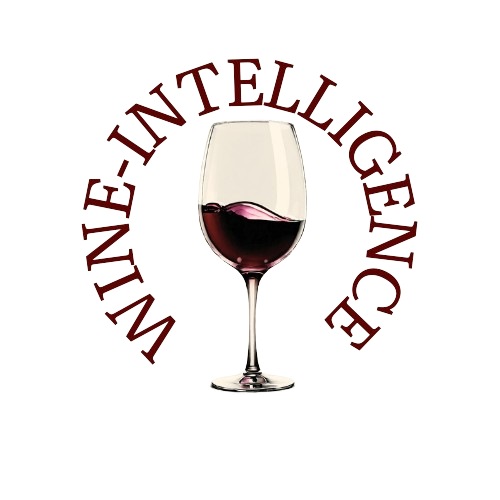The global wine industry is currently facing an epochal shift, shaped by evolving consumer behaviors, economic cycles, climate change, and broader societal trends.
However, history shows that wine has always adapted, proving resilient in the face of transformation. Today, leading experts in wine economics and industry leaders outline strategies to navigate the new cycle of global wine consumption, with an emphasis on innovation, premiumisation, and adaptability.
The Impact of Economic Cycles on Wine Consumption
Jean-Marie Cardebat, professor of Economics at the University of Bordeaux and director of the Wines & Spirits Chair in Paris, highlights the cyclical nature of economic activity and its influence on wine consumption. "While the current economic downturn and geopolitical tensions have led to a contraction in the wine market, historical patterns suggest that by 2026, inflation control will pave the way for a recovery phase, with 2027 marking the beginning of renewed growth," he explains. However, this revival will not be a simple return to past trends; the sociology of wine consumption has changed, necessitating a forward-thinking approach.
Premiumisation remains a dominant trend, with increasing consumer preference for high-value wines. Wine tourism, another crucial area of expansion, has experienced substantial growth over the past 15 years and is projected to surpass EUR 50 billion by 2025. Additionally, emerging markets are expected to reshape global wine dynamics, particularly with their rising interest in red wines.
Key Factors of Resilience in the Wine Sector
Professor Davide Gaeta from the University of Verona emphasizes the necessity of structural adaptation for businesses within the wine sector. "Our research identifies crucial factors that enable companies to sustain growth and navigate international markets," he notes. These include:
- Strong organizational frameworks and governance structures.
- Transparent data management for informed decision-making.
- Diversified product portfolios and supply chain flexibility.
- Strategic distribution segmentation to mitigate market risks.
- A focus on corporate identity, sustainability, and innovation.
The case study of Masi Agricola, one of Italy's few publicly listed wine companies, exemplifies resilience and strategic adaptability. Masi has effectively integrated tradition with innovation, implemented sophisticated production and distribution monitoring systems, and reinforced brand identity. By investing in wine tourism, digitalization, and sustainable practices, Masi has managed to turn market challenges into growth opportunities.
Embracing Change: The Road Ahead
Federico Girotto, CEO of Masi Agricola, acknowledges the value of academic research in guiding the industry's response to market shifts. "This study underscores the reality of our industry and the necessity of embracing change, rather than hoping for a return to past conditions," he states. Masi’s strategic initiatives include:
- Strengthening risk assessment and mitigation strategies.
- Expanding omnichannel communication and distribution.
- Launching new wine tourism experiences, such as the Monteleone21 visitor center in Valpolicella.
- Innovating with sustainable product lines, like the organic Fresco di Masi wines.
- Expanding market presence, as seen in the acquisition of the Casa Re estate in Oltrepò Pavese.
Lessons from the Research: Preparing for the Next Consumption Cycle
The research study "Resilience and Preparation for the Next Cycle of Global Wine Consumption" provides crucial insights into current market dynamics:
- Economic downturns are cyclical; while wine consumption is presently in decline, past patterns indicate an upcoming recovery.
- Future wine consumption patterns will differ significantly from past trends, requiring proactive adaptation.
- The trend towards premiumisation continues to shape the industry, with increasing demand for wines priced above GBP 10-20.
- Emerging markets are crucial for growth, with red wines gaining prominence outside traditional wine-consuming regions.
- Wine tourism and direct-to-consumer sales will become increasingly vital distribution channels.
- Regional and brand identity remain key factors for maintaining competitiveness.
Conclusion: A Future Defined by Strategic Foresight
As the global wine industry navigates a period of transformation, success hinges on forward-thinking strategies, adaptability, and resilience. The next cycle of growth will not be a simple repetition of the past but an evolution shaped by shifting consumer preferences, premiumisation, and innovative approaches to wine production and distribution.
Source: WineNews

